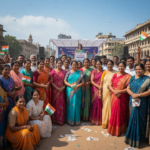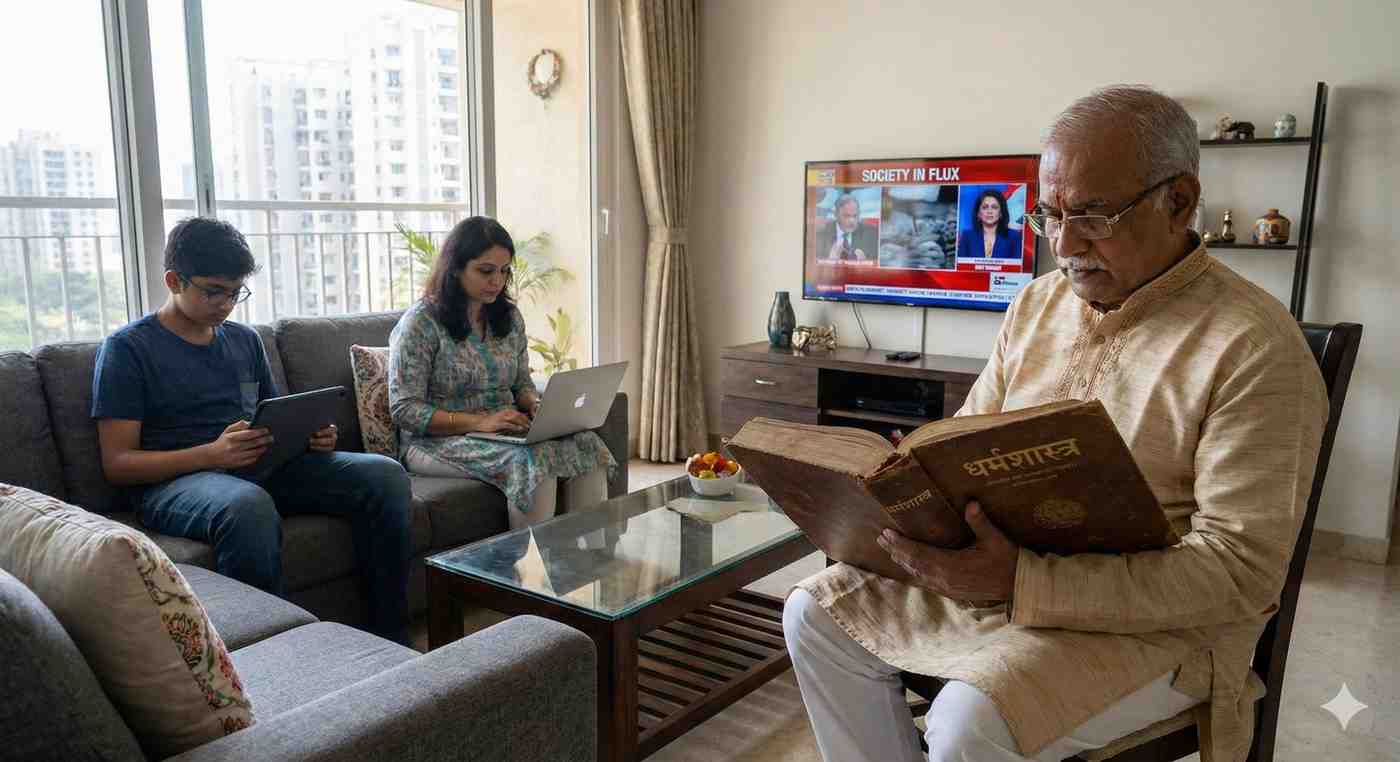
How UP’s Political Landscape Reflects the Changing Dynamics of India
Lucknow, 2025 — Uttar Pradesh (UP), often described as the heartland of Indian politics, serves as a microcosm of the nation’s evolving political landscape. As India undergoes significant social, economic, and technological transformations, UP’s political dynamics offer a unique lens through which to view these changes. This article explores how UP’s political environment mirrors broader national trends, impacting everything from electoral politics to policy making.
Demographic Shifts and Electoral Impact
- Youth and Urbanization
- Growing Young Electorate: UP’s increasingly young population is reshaping political priorities, with a greater focus on education, job creation, and technology.
- Urban Influence: Rapid urbanization in cities like Lucknow, Kanpur, and Noida is changing political campaigning, with more emphasis on urban governance and infrastructure development.
- Women’s Increasing Political Role
- Empowerment and Participation: The rise in political participation by women in UP reflects a nationwide trend towards gender equality in politics. Women’s safety, health, and education are becoming pivotal in campaign platforms across the state.
Economic Changes and Policy Directions
- Agricultural to Industrial Transition
- Shift in Economic Base: As UP diversifies its economy from primarily agricultural to include more industrial and service sectors, political campaigns and policies are increasingly addressing issues like industrial growth, foreign investment, and technological advancement.
- Employment Policies: The need for job creation in these new industries influences both state and national policy agendas, reflecting the changing economic landscape.
- Infrastructure Development
- Connectivity Projects: Major projects like expressways and airport developments in UP highlight a broader national push towards improving infrastructure to support economic growth and integration.
Social Issues and Political Discourse
- Caste and Community Dynamics
- Changing Caste Equations: While caste remains a significant factor in UP politics, there is a gradual shift towards more inclusive and development-oriented politics. This reflects a broader national trend towards diminishing outright caste-based politics in favor of governance and development issues.
- Communal Harmony: Efforts to promote communal harmony in UP amid periodic tensions mirror national efforts to maintain social cohesion, crucial for political stability.
- Education and Health Reforms
- Focus on Human Development: Increased focus on improving education and healthcare systems in UP is part of a national trend prioritizing human development indices as key measures of political success.
Technological Influence on Politics
- Digital Campaigning and Engagement
- Technology in Elections: The use of social media, data analytics, and digital platforms in UP’s elections is indicative of a national shift towards more technologically sophisticated electoral strategies.
- E-Governance Initiatives: UP’s adoption of e-governance solutions reflects a nationwide push to enhance transparency, efficiency, and citizen engagement in governance.
National and Global Interactions
- International Relations and Local Impact
- Global Investments: UP’s engagement with international investors and its role in national international relations strategies, such as the focus on attracting foreign direct investment, reflects India’s broader economic globalization efforts.
- Diaspora Engagement: Policies to engage the large UP diaspora are part of a wider national strategy to harness the global Indian community for economic and cultural exchanges.
Conclusion: A Mirror to National Trends
UP’s political landscape is not only a reflection of changing dynamics within the state but also a broader indicator of shifts across India. As UP adapts to these transformations, it continues to influence and drive national political and policy discussions, serving as both a bellwether and a benchmark for the country’s future direction.



